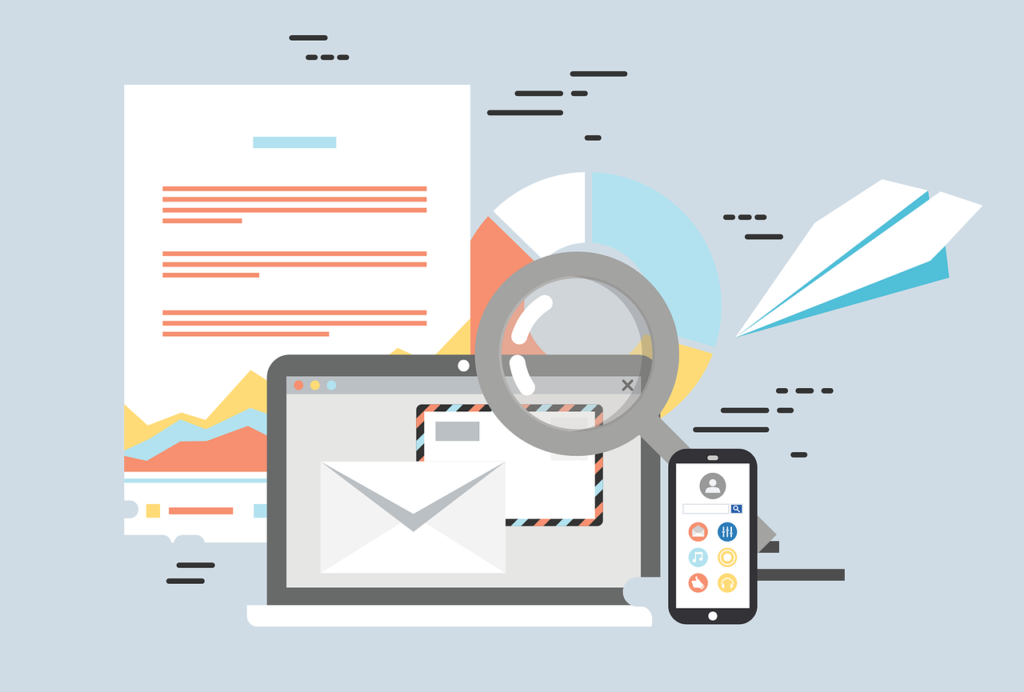
In the digital marketing landscape that continues to rapidly evolve, email advertising remains one of the most effective methods for connecting with audiences, driving engagement, and boosting conversions. However, as the year 2024 approaches, optimizing email advertising strategy is crucial to stay ahead of competition and meet the shifting preferences of consumers. This guide aims to help readers understand the key elements of an impactful email advertising strategy and how to optimize each component for maximum effect. “Email Advertising”.
Understanding Email Advertising
Email advertising involves businesses disseminating promotional messages to a targeted audience via electronic mail. It provides a direct form of marketing that enables organizations to correspond with consenting recipients, promote offerings or solutions, and cultivate enduring associations. For the year 2024, emphasis is placed on customization, automation, and intelligence-guided tactics to bolster the applicability and proficiency of email initiatives. “Email Advertising”.
Setting Goals and Objectives for Your Email Campaigns
1. Define Clear Objectives
Start by defining what you want to achieve with your email campaigns. Common objectives include:
- Increasing Brand Awareness: Grow your brand’s presence and recognition.
- Driving Traffic: Direct subscribers to your website or specific landing pages.
- Generating Leads: Capture contact information from potential customers.
- Boosting Sales: Promote products or services to increase revenue.
- Engaging Customers: Build and maintain relationships with your audience.
2. Set Measurable Goals
Establish specific, measurable goals for each campaign. For example, aim to achieve a 20% open rate, a 5% click-through rate, or a 10% conversion rate. Having clear, quantifiable goals helps you track progress and make data-driven decisions.
Building Your Email List and Segmenting Subscribers
1. Grow Your Email List
Building a high-quality email list is crucial for the success of your campaigns. Use the following strategies to grow your list:
- Opt-in Forms: Place sign-up forms on your website, blog, and social media channels.
- Lead Magnets: Offer valuable incentives such as e-books, webinars, or discounts in exchange for email subscriptions.
- Content Upgrades: Provide additional content or resources related to your blog posts or articles, accessible only after subscribing.
2. Segment Your Subscribers
Segmentation involves dividing your email list into smaller, targeted groups based on specific criteria. This allows you to send more personalized and relevant content. Common segmentation criteria include:
- Demographics: Age, gender, location, etc.
- Behavioral Data: Purchase history, website interactions, email engagement, etc.
- Preferences: Interests, product preferences, communication preferences, etc.
Creating Engaging Email Content That Converts
1. Craft Compelling Subject Lines
The subject line is the first thing recipients see and plays a crucial role in whether they open your email. Make your subject lines:
- Short and Clear: Aim for 6-10 words.
- Intriguing: Spark curiosity without being misleading.
- Relevant: Reflect the content of the email.
2. Personalize Your Emails
Personalization goes beyond using the recipient’s name. Use data to tailor content based on:
- Past Purchases: Recommend products or services similar to previous purchases.
- Behavioral Data: Send emails based on website visits or email interactions.
- Preferences: Customize content according to subscriber preferences and interests.
3. Design for Engagement
Ensure your emails are visually appealing and easy to read:
- Responsive Design: Optimize for all devices, especially mobile.
- Clear Call-to-Actions (CTAs): Use prominent, action-oriented buttons.
- Eye-Catching Visuals: Incorporate high-quality images and graphics.
4. Focus on Value
Deliver value with every email. Provide useful information, exclusive offers, or relevant updates that meet the needs and interests of your subscribers.
Analyzing and Optimizing Your Email Marketing Metrics
1. Track Key Metrics
Monitor the following metrics to gauge the performance of your email campaigns:
- Open Rate: Percentage of recipients who open your email.
- Click-Through Rate (CTR): Percentage of recipients who click on a link within your email.
- Conversion Rate: Percentage of recipients who complete a desired action, such as making a purchase.
- Bounce Rate: Percentage of emails that could not be delivered.
- Unsubscribe Rate: Percentage of recipients who opt out of your email list.
2. Analyze and Optimize
Use the data from your email metrics to optimize future campaigns:
- A/B Testing: Experiment with different subject lines, content, layouts, and CTAs to determine what resonates best with your audience.
- Content Adjustments: Modify content based on what’s driving the most engagement and conversions.
- Segmentation Refinement: Continuously refine your segments to ensure maximum relevance and impact.
Conclusion
To optimize an email advertising strategy in 2024, a combination of personalization, automation, and data-driven decisions should be employed. By establishing distinct objectives, developing and segmenting an email list, generating compelling content, and consistently evaluating and refining metrics, the effectiveness of email campaigns can be enhanced. Remaining adaptable and aware of evolving tendencies guarantees email marketing initiatives deliver results to the greatest attainable extent.

